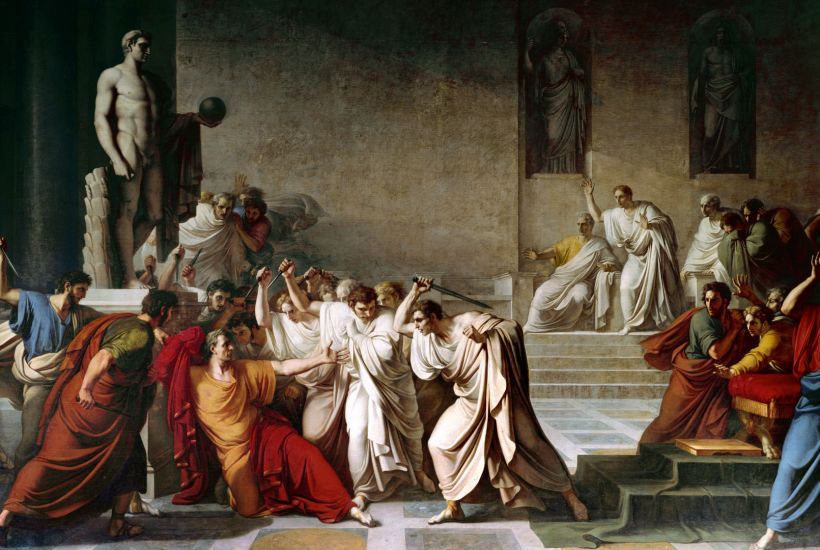In Rome today a group of ancient history enthusiasts will drape themselves in togas and re-enact that most infamous act of political murder: the assassination of Julius Caesar on the Ides of March in 44BC.
The re-enactors will be able to do their anniversary deed on the actual site of the assassination, now a sunken square called the Largo Torre di Argentina.
Already a subscriber? Log in
Subscribe for just $2 a week
Try a month of The Spectator Australia absolutely free and without commitment. Not only that but – if you choose to continue – you’ll pay just $2 a week for your first year.
- Unlimited access to spectator.com.au and app
- The weekly edition on the Spectator Australia app
- Spectator podcasts and newsletters
- Full access to spectator.co.uk
Or




















Comments
Don't miss out
Join the conversation with other Spectator Australia readers. Subscribe to leave a comment.
SUBSCRIBEAlready a subscriber? Log in